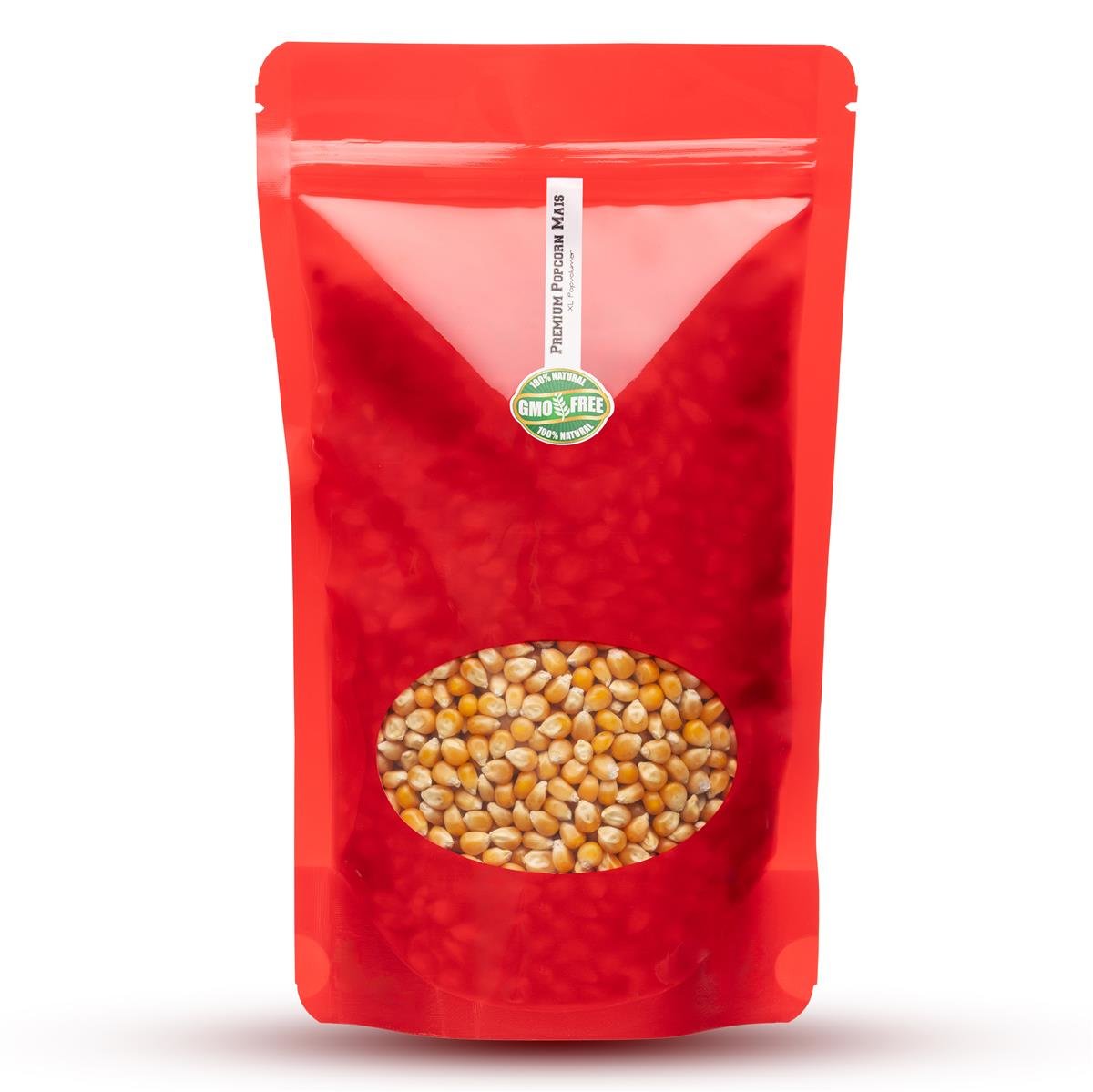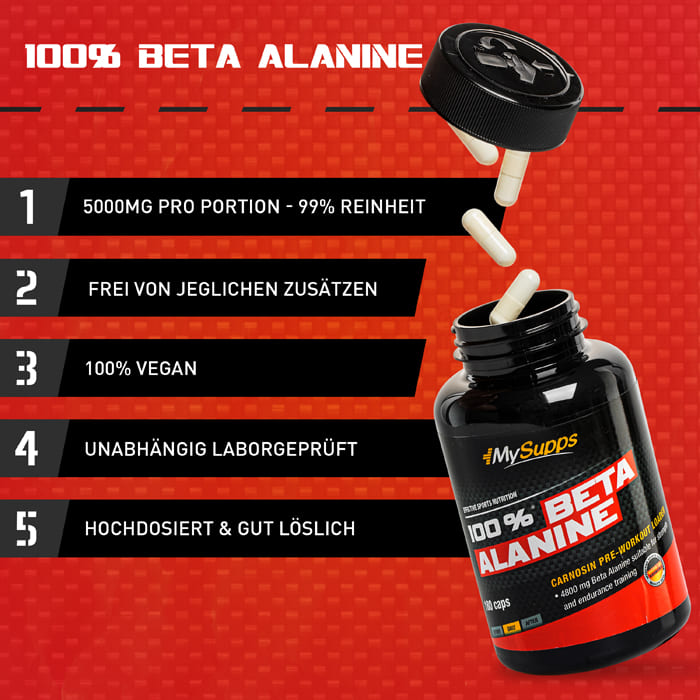

Employing cutting-edge DNA technology, AquaBounty has developed a GM Atlantic salmon hybrid augmented with specific growth-accelerating hormones from the chinook, or king, salmon and the eel-like ocean pout to construct an animal that reaches market size - from egg to fillet knife - in approximately 18 months. Perhaps some parallels can be drawn between the Calgene tale and that of AquaBounty Technologies, but only time will tell if the Maynard, Mass.-based firm’s fate will be similar to that of its pioneering predecessors. I’m not going to take their word for it.” The GM industry likes to portray its technology as something that’s carefully studied and airtight. “Lowering costs or making more money is not a clear benefit to society. “If it reduces the environmental impacts of agriculture or aquaculture, or produces more nutritious food, that’s one thing,” Fehribach says. Unless there is a “clear beneficial aspect for society” from such innovation, he’s simply not buying. Use of GM ingredients in fish feed would also be a disqualifier for the lucrative organic market and USDA Organic seafood standards, should they ever become official.įehribach, who is admittedly “obsessed” with food and all the machinations of its production and distribution, won’t go so far as to say that GM foods are intrinsically bad - in fact, few food professionals or objective organizations will. The agency’s stance on GM foods exasperates food-activist groups that contend consumers have the right to know how their food is produced, and with what ingredients.Īdditionally, food products with GM ingredients may find limited prospects among retailers like Whole Foods Market (and 2,500 other retailers) and restaurateurs that are shunning transgenic fish or GM foods altogether. If finally approved, that product will likely not require labeling to indicate that the fish was genetically modified, says the FDA, coming to the same conclusion it did for Flavr Savr tomatoes nearly 20 years ago.


I’m going to purchase the best possible foods that I can, grown in a very traditional, low-impact manner,” says the introspective chef, one of 266 culinary professionals nationwide to join the Boston-based group Chefs Collaborative this spring in publicly rebuking (in a letter to FDA Commissioner Margaret Hamburg) a transgenic farmed salmon that could be available in U.S. He just doesn’t seem to care much about that. It’s challenging, and often more expensive, to procure products that meet what’s become a demanding criterion, he adds. Big Jones in Chicago, is “very nearly GMO-free,” says the co-owner and executive chef of the restaurant that specializes in “Southern heirloom cooking.” For now, seafood isn’t a problem in that regard Big Jones menus Lake Pontchartrain blue crab, Louisiana crawfish and sustainable staples like Laughing Bird shrimp from Costa Rica (which is both farmed and wild), sourced via CleanFish. Should those fish be labeled as GM? How far should labeling requirements go?įehribach is hearing those and other questions about genetically modified organisms, or GMOs, in the food supply once again. consumers, such as tilapia, catfish and salmon. Department of Agriculture (USDA).Īn increasing amount of soy protein is being fed to farmed fish commonly available to U.S. Corn, soybeans and canola are the most predominant GM crops available today: This year, 93 percent of U.S.-grown soybeans, in production acreage, are genetically engineered to be herbicide-tolerant, according to the U.S. Though the tomato proved to be a lemon, GM foods now proliferate. (Multinational agriculture-biotechnology firm Monsanto acquired Calgene that year to capitalize on its oilseed and cotton undertakings.) The California-based company’s revolutionary product was never widely available and was totally off the market by 1997, less than three years after its introduction. Food and Drug Administration (FDA) determined the GM tomatoes were “as safe as tomatoes bred by conventional means” and therefore did not necessitate specific GM labeling, high production costs and handling issues ultimately proved crippling for Calgene. They were, as the popular narrative often goes, the future of food.Īlthough the U.S. Working at the Laughing Planet Café in Bloomington, Ind., Fehribach learned the ruby red tomatoes had been engineered to grow tougher, thicker skins that would slow the ripening process, preserve shelf life and prevent rotting along the supply chain. The much-talked-about tomato, the first genetically modified (GM) fruit or vegetable the federal government licensed for commercial sale and human consumption, had chefs like him asking - and fielding - lots of questions. Originally published in Seafood Business Magazine Should disclosure of GM products be mandatory at point of sale?Ĭhef Paul Fehribach can recall the kitchen clamor when Flavr Savr first hit the market in the mid-1990s.


 0 kommentar(er)
0 kommentar(er)
